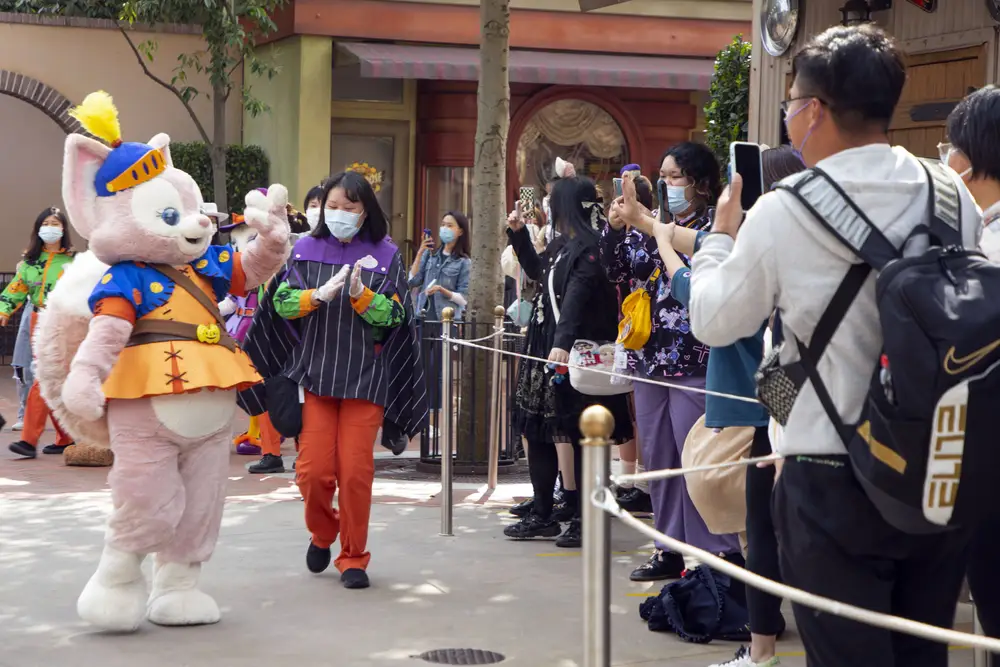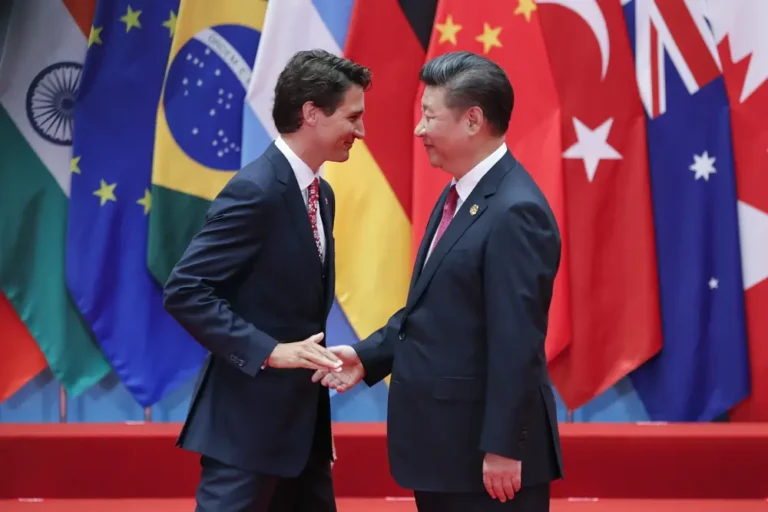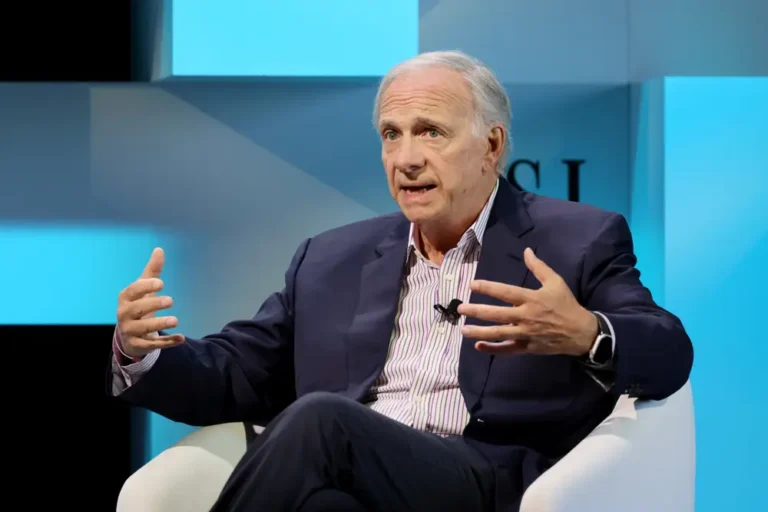Pets, sports, and Disney might end up rescuing China’s ailing consumer economy

A staff member dressed as LinaBell waves to visitors at Shanghai Disney Resort.
A family dog, tennis, and Disney Shanghai’s LinaBell character have one thing in common — they might end up pulling China out of a long slump in consumer demand.
Those rapidly growing areas are poised to drive a rebound in China’s anemic consumer spending, Bank of America analysts say.
“Despite aggregate demand remaining sluggish, structural changes in consumption patterns have led to rapid growth in select areas where supply has yet to catch up to demand,” the analysts said in a Friday report.
They point to pets, sports and cultural IPs as the most promising sectors.
“Expanding supply in these sectors, through either direct government investment or policy-guided private investment, could prove to be useful in boosting consumption,” the analysts said.
China’s pet economy is seeing outsize spending as pets come to occupy a greater place of prominence in households. That means people are willing to spend more beyond basic necessities, buying pet services like skill training, insurance, travel, and photo shoots.
Those services lack market penetration, and once supply catches up, could see further growth, the analysts say.
The size of China’s pet economy increased 40% from 2019 to 2023, and is projected to gain another 29% by 2026, the analysts say.
“For these owners, especially those in higher tier cities, pets are increasingly treated as key family members that offer important emotional support and companionships. Such pattern will likely become even more common in the future, especially as marriage rates and birth rates continue to tumble,” the analysts said.
China’s sports economy also has room for growth amid rising demand, with just under 70% of the country’s residents participating in sports at least once a week. That trumps the EU’s 40% participation rate, the analysts say.
Tennis, in particular, has picked up steam in the last few years, especially since a Chinese player won gold in the sport for the first time in history at this year’s summer Olympics.
China accounts for 23% of tennis players globally, but has under 9% of the world’s tennis courts, the analysts say.
“This to us suggests that China can at least double the amount of existing courts to be on par with international levels,” the analysts said. “Tennis also has a bigger multiplier effect to overall consumer spending given that fees across coaching, venue and equipment tends to be much higher than that for badminton and table tennis.”
They add that there’s an opportunity, too, for China to host sporting events to take advantage of the growing interest and to attract more tourism.
Finally, the analysts see significant growth potential in the country’s “cultural IP” economy — spending on books, movies, and experiences based on fictional characters or storylines.
That spending is especially pronounced in Disney Shanghai’s LinaBell character, a pink fox introduced in 2021 that’s seen huge popularity.
The character Wukong from the Chinese classic tale Journey to the West is a source of big spending, too, especially with the recent release of Black Myth, a video game based on the tale. It sold over 10 million copies globally in the four days following its release.
“Consumers have ever growing demand for unique emotional values. This can come in the form of a quirky Disney character that is stress relieving or in the form of a video game with traditional Chinese symbols, such as the Black Myth, which provides cultural pride,” the analysts said.
China’s economy has been stuck in the doldrums amid weak consumer spending. Retail sales grew just 2% in June before jumping to 2.7% in July, even as disposable incomes have grown.
China’s economic slump has also been fueled by a collapsing property market, with property sales tumbling and much of the country’s available housing supply remaining vacant.






